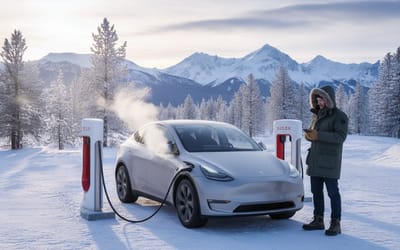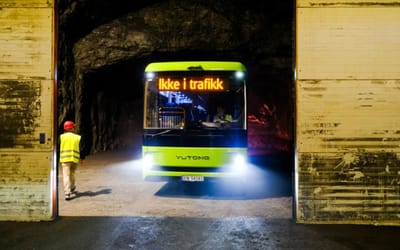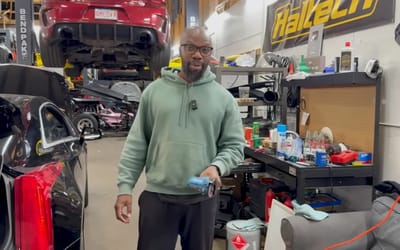Australia's first independent test of EV driving range including Tesla and BYD has been completed
Published on Aug 07, 2025 at 11:18 PM (UTC+4)
by Callum Tokody
Last updated on Aug 08, 2025 at 8:29 PM (UTC+4)
Edited by
Tom Wood
The Tesla Model 3 and BYD Atto 3 were among five vehicles recently assessed in Australia’s first independent EV range test.
The program, led by the Australian Automobile Association (AAA), set out to compare real-world driving range against official claims.
Each vehicle was tested under controlled conditions on the same route, using a consistent methodology.
The outcome revealed notable differences that may shift how drivers view range figures.
VISIT SBX CARS – View live supercar auctions powered by Supercar Blondie
EV range test shows who fell behind
The EV range test covered the 2024 Tesla Model 3, 2024 Tesla Model Y, 2023 BYD Atto 3, 2022 Kia EV6, and 2024 Smart #3.
The BYD Atto 3 recorded the biggest shortfall, reaching 369 kilometers compared to its claimed 480.
That’s a 23 percent drop. The Tesla Model 3 came in at 442 kilometers, which was 14 percent lower than its official 513-kilometer figure.
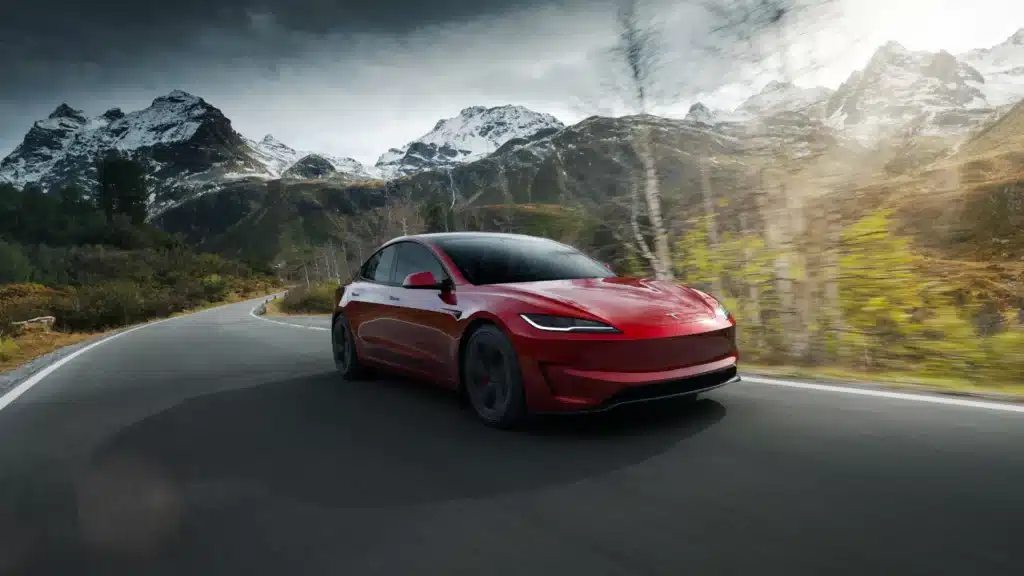
The Tesla Model Y and Kia EV6 both missed their marks by eight percent.
The Smart #3 came closest, recording 432 kilometers compared to its listed 455.
All five cars were tested on a 93-kilometer loop in and around Geelong, Victoria.
The test route included city streets, rural sections, and highway driving.
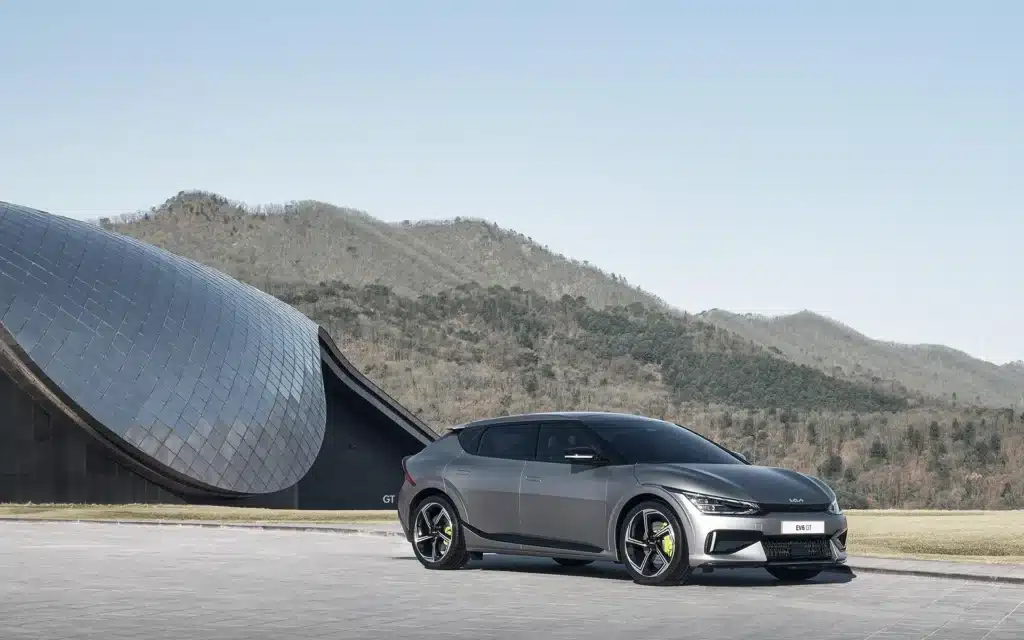
The EV range test factored in how much energy each car used during the drive and how much was required to recharge the battery afterward.
Michael Bradley, managing director of the AAA, said the goal was to provide buyers with practical information.
“Our testing will help consumers understand which new market entrants measure up on battery range,” he said.
The program also tracked energy consumption to show how efficient each car was in daily use.
That data gives a clearer view of real-world running costs.
More models will face similar tests
The AAA has run this program before but focused mainly on petrol and hybrid cars.
Of the 114 vehicles tested in earlier rounds, most used more fuel than promised, and about 20 percent exceeded emissions standards.
The EV range test is now being used to apply the same level of scrutiny to battery-powered cars.
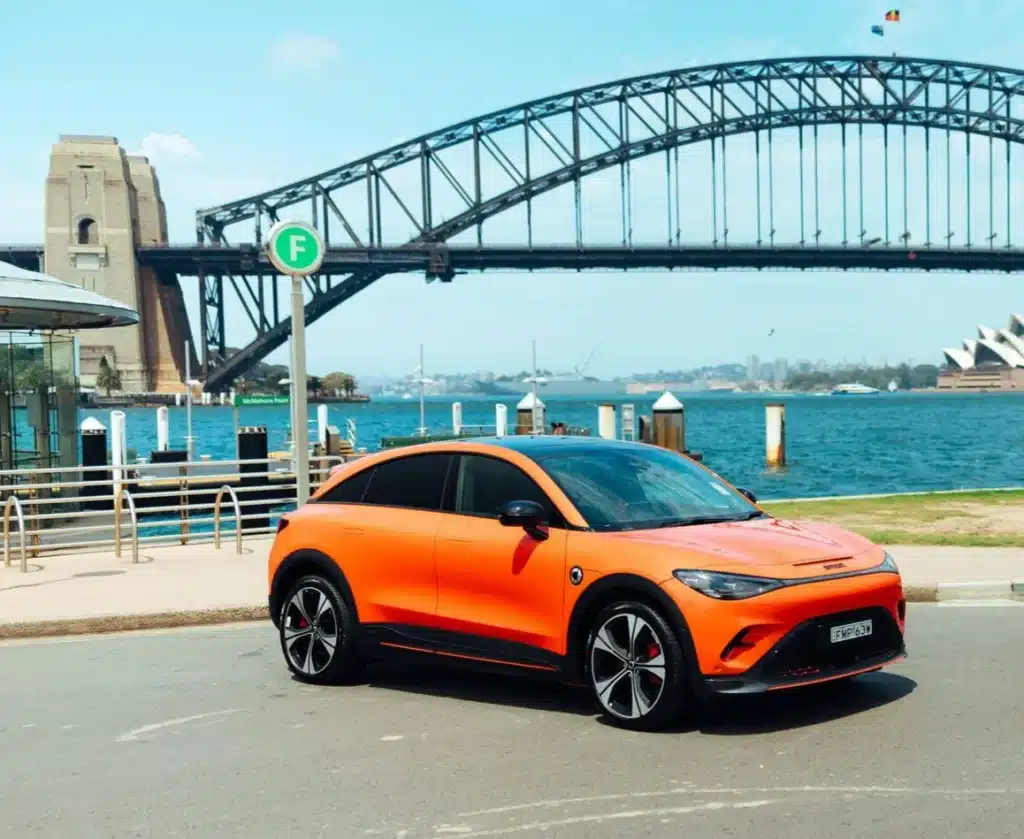
One key factor affecting results was the test cycle used by each manufacturer.
Most models were tested against WLTP figures, which are newer and more realistic.
The BYD Atto 3 was tested against an NEDC figure, which tends to be more generous.
If compared to its WLTP rating of 420 kilometers, the Atto 3’s shortfall would be closer to 12 percent instead of 23.
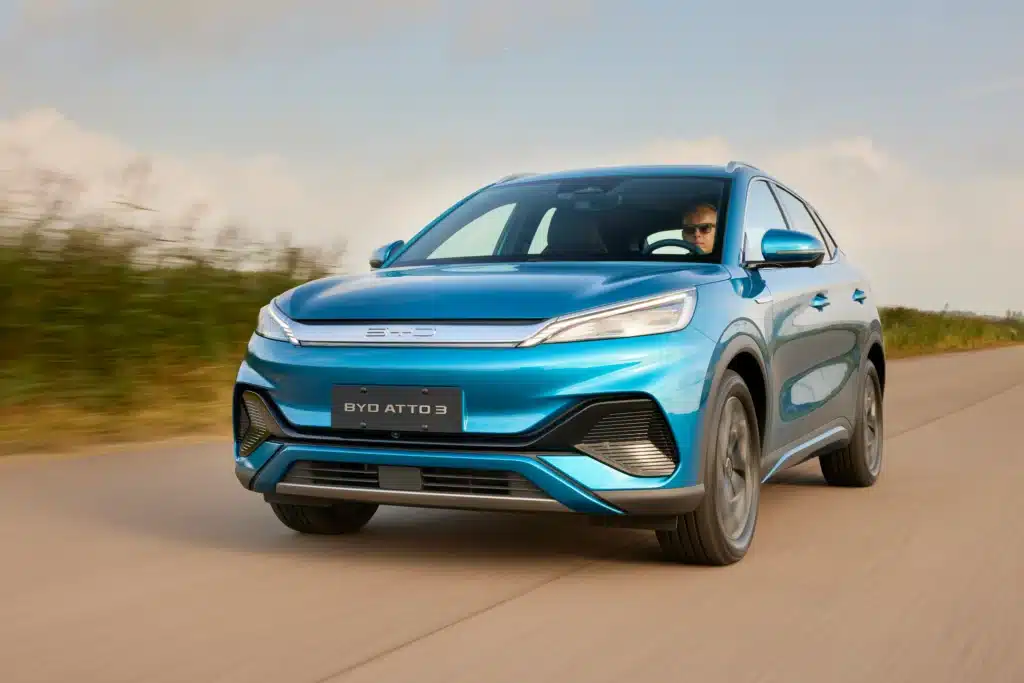
More EVs are expected to be added in coming months. The Toyota bZ4X is one likely candidate for future testing.
This EV range test makes it clear that real-world results often differ from what’s printed on spec sheets.
For the Tesla Model 3 and BYD Atto 3, the gap was significant. Only the Smart #3 got close.
For drivers comparing models, this kind of data adds a layer of clarity that official numbers alone don’t always offer.
DISCOVER SBX CARS: The global premium car auction platform powered by Supercar Blondie
Callum Tokody is a content writer at Supercar Blondie, where he covers the latest in the automotive world with a focus on design and performance. With a background in automotive journalism, he has contributed to a range of publications in Australia and the UK. In addition to his writing, Callum also heads up PR and communications, helping to build and strengthen partnerships within the industry. Outside of work, he’s a design enthusiast with a soft spot for anything with a V8 and a good story.

